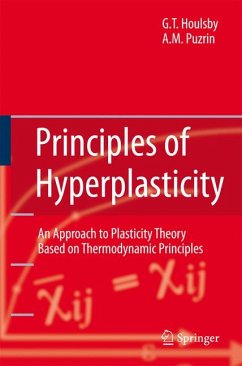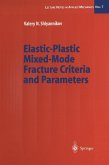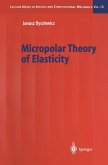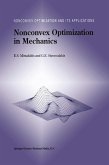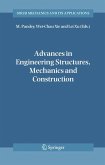The use of potentials has several advantages. First it allows models to be very simply defined, classified and, if necessary, developed. Secondly, by employing Legendre Transformations, it permits dependent and independent variables to be interchanged, making possible different forms of the same model for different applications. Emphasis is also placed on the derivation of incremental response, which is necessary for numerical analysis.
In the later parts of the book the theory is extended to include treatment of rate-dependent materials. A new and powerful concept, in which a single plastic strain is replaced by a plastic strain function, allowing smooth transitions between elastic and plastic behaviour is also introduced.
Illustrated with many examples of models derived within this framework, and including material particularly relevant to the field of geomechanics, this monograph will benefit academic researchers in mechanics, civil engineering and geomechanics and practising geotechnical engineers; it will also interest numerical analysts in engineering mechanics.
Dieser Download kann aus rechtlichen Gründen nur mit Rechnungsadresse in A, B, BG, CY, CZ, D, DK, EW, E, FIN, F, GR, HR, H, IRL, I, LT, L, LR, M, NL, PL, P, R, S, SLO, SK ausgeliefert werden.

